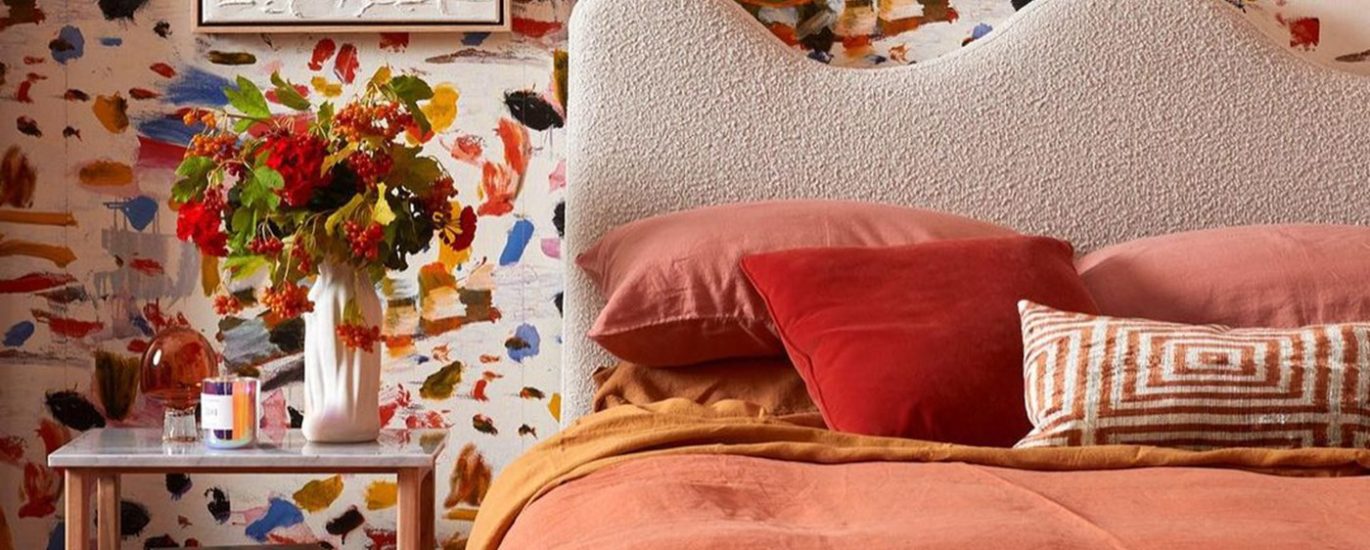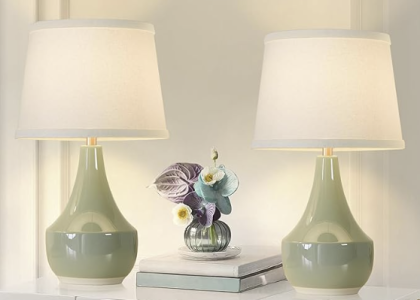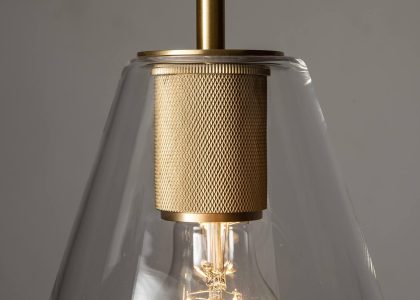Introduction
Chandeliers have been a symbol of luxury and opulence for centuries. A chandelier can instantly transform any room into a grand space, invoking images of medieval castles and palaces. However, the real star of any chandelier is not the metal frame or the light bulbs but the crystals. And among all types of crystals, the glass crystals reign supreme. In this article, we will explore the magic of glass crystals for chandeliers.
The History of Glass Crystals for Chandeliers
Glass is one of the oldest materials used for making chandelier crystals. The ancient Phoenicians and Egyptians were known to create glass beads and ornaments as early as 1500 B.C. By the Middle Ages, glassmaking had spread to Europe, and Italian artisans became renowned for their exquisite glass chandeliers. In the 18th century, glassmaking became a science, and lead crystal was invented. Since then, glass crystals have been the go-to material for chandelier makers.
The Science of Glass Crystals
Glass crystals are not just pretty to look at; they also have extraordinary physical properties. Glass is a solid, but it has a random molecular structure that can allow light to pass through it in many different directions. When light enters a glass crystal, it refracts and reflects, creating a dazzling display of colors and sparkles. The lead added to the glass gives it a higher refractive index, allowing for even more brilliant reflections.
The Different Types of Glass Crystals
Not all glass crystals are the same. There are different types of glass used for chandelier crystals, each with its unique qualities. The most common types are:
- Hand-blown glass crystals: These are made by skilled craftsmen who blow the glass into the desired shape, giving each crystal a unique character.
- Machine-cut glass crystals: These are made by automated machines that can produce thousands of identical crystals quickly.
- Swarovski crystals: These are a type of machine-cut glass crystal made by the Austrian company Swarovski. They are known for their exceptional clarity and brilliance.
The Beauty of Glass Crystals for Chandeliers
The allure of glass crystals for chandeliers lies in their ability to transform any room into a glamorous and sophisticated space. Their sparkle and shimmer can evoke feelings of luxury and elegance that no other material can match. Glass crystals are also versatile and can be used in many different styles of chandeliers, from traditional to modern.
The Impact of Glass Crystals on Interior Design
Glass crystal chandeliers have a significant impact on interior design. They can be used to create a focal point in a room or to add a touch of glamour to a space that might otherwise be mundane. A chandelier can also transform the whole ambiance of a room, making it feel more luxurious and sophisticated.
Caring for Glass Crystal Chandeliers
While glass crystal chandeliers are beautiful, they require proper maintenance to keep them looking their best. They can accumulate dust and grime over time, dulling their sparkle. To clean a glass crystal chandelier, it should be disassembled, and the individual crystals should be washed with warm soapy water and dried before reassembly. It is important to avoid harsh chemicals or abrasive materials that can damage the crystal’s surface.
Glass crystals for chandeliers are a magical and beautiful material that adds glamour and sophistication to any space. Their unique physical properties and versatility make them a popular choice for chandelier makers. Glass crystal chandeliers have been a symbol of luxury for centuries and continue to be a beloved feature in interior design. With proper care and maintenance, a glass crystal chandelier can be enjoyed for generations to come.






